Home>Garden Essentials>How Long For Parsley Seeds To Sprout
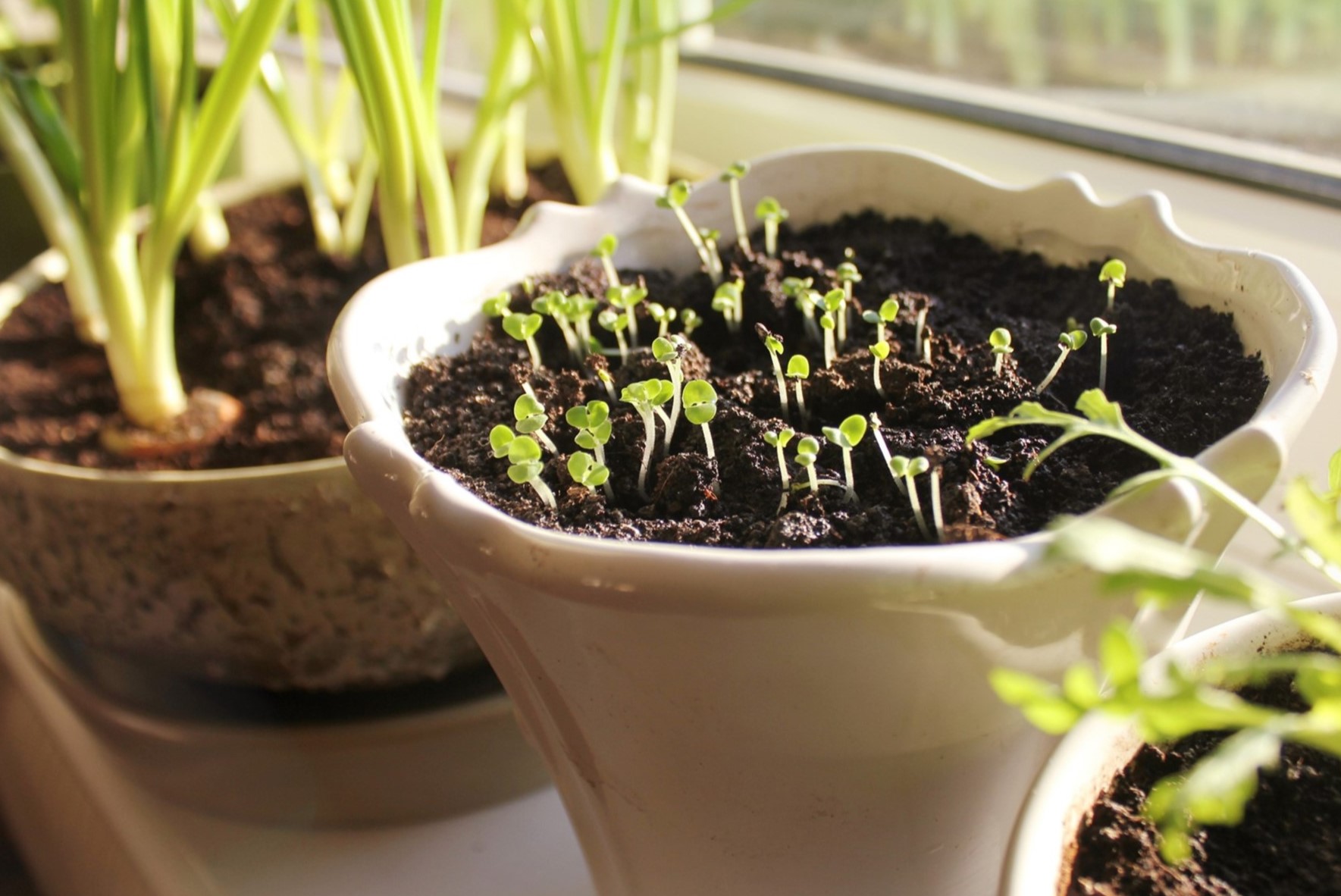

Garden Essentials
How Long For Parsley Seeds To Sprout
Modified: March 24, 2024
Learn how long it takes for garden parsley seeds to sprout and start growing in your garden. Discover the timeline for parsley seed germination and cultivation.
(Many of the links in this article redirect to a specific reviewed product. Your purchase of these products through affiliate links helps to generate commission for Storables.com, at no extra cost. Learn more)
Introduction
Gardening enthusiasts are often eager to get their hands dirty and start growing their favorite plants. When it comes to herbs, one popular choice is parsley. Known for its fresh flavor and versatility in various dishes, parsley is a staple in many kitchen gardens.
However, before you can enjoy a bountiful harvest of parsley, you need to start with successful seed germination. Understanding the factors that affect parsley seed sprouting and creating the right growing conditions can significantly impact the time it takes for your parsley seeds to sprout.
In this article, we will delve into the factors influencing parsley seed germination and provide tips on how to optimize the sprouting process for quicker results. So, if you’re wondering how long it takes for parsley seeds to sprout, read on to find out!
Key Takeaways:
- Patience and care are key when growing parsley from seed. Providing optimal conditions like consistent moisture and temperature can help speed up the 2-3 week sprouting process.
- Avoid common mistakes like overwatering and planting too deep to maximize the chances of successful parsley seed germination. Choose fresh, high-quality seeds for best results.
Read more: How Long For Seeds To Sprout
Factors Affecting Parsley Seed Germination
Parsley seeds, like any other plant seeds, require specific conditions for optimal germination. Understanding the factors that influence parsley seed sprouting can help you create the most favorable environment for successful germination. Here are some key factors to consider:
- Temperature: Parsley seeds have a preferred temperature range for germination, which is around 60 to 70 degrees Fahrenheit (15 to 21 degrees Celsius). Temperatures outside of this range can affect the germination process, either delaying or inhibiting it altogether. It is essential to provide a consistent and moderate temperature for parsley seed sprouting.
- Moisture: Adequate moisture is crucial for parsley seed germination. The seeds need to be in a moist environment to soften and allow the embryo to swell and sprout. However, excessive moisture can lead to rot or fungal growth, so it’s important to strike a balance and avoid overwatering.
- Light: Parsley seeds do not require light to germinate. In fact, they actually prefer to germinate in darkness. So, there is no need to expose parsley seeds to direct sunlight during the germination process.
- Seed Quality: The quality of the parsley seeds themselves can play a significant role in germination success. It is recommended to choose fresh seeds from a reputable source to ensure higher germination rates. Older or poor-quality seeds may have lower viability and take longer to sprout.
- Seed Depth: Parsley seeds are small in size, and they don’t need to be planted very deep. Planting them at a shallow depth is ideal for germination, around 1/4 to 1/2 inch (0.6 to 1.3 cm) deep. Planting too deep can hinder sprouting, as the tiny seedling may struggle to reach the surface.
- Seed Scarification: Some gardeners recommend scarifying parsley seeds before planting. Scarification involves lightly nicking or scratching the seed coat to facilitate water absorption and hasten germination. This method can be especially helpful for older seeds or varieties with a thicker seed coat.
By taking these factors into account and providing the optimal conditions, you can greatly improve the chances of successful parsley seed germination. Now that we have explored the factors that affect parsley seed sprouting, let’s move on to the ideal conditions for parsley seed sprouting.
Ideal Conditions for Parsley Seed Sprouting
To ensure successful parsley seed sprouting, it is essential to create the ideal conditions that promote germination. By providing the right environment, you can help the seeds break dormancy and initiate the growth process. Here are the key factors to consider:
- Planting Medium: Choose a well-draining and fertile planting medium for parsley seeds. A mixture of potting soil and organic matter, such as compost or peat moss, provides a balanced and nutrient-rich environment for germination.
- Watering: Maintain consistent moisture in the planting medium to keep the seeds hydrated. Use a gentle watering technique to avoid displacing the seeds or creating waterlogged conditions. A spray bottle or a watering can with a fine rose attachment works well for this purpose.
- Temperature: As mentioned earlier, parsley seeds prefer a temperature range of 60 to 70 degrees Fahrenheit (15 to 21 degrees Celsius) for efficient germination. Consider using a heat mat or placing the seed trays in a warm location to maintain a consistent temperature.
- Germination Tray or Container: Use a shallow tray or container with drainage holes to sow the parsley seeds. This allows excess water to drain away, preventing the seeds from sitting in stagnant water which can lead to rot.
- Covering: After sowing the parsley seeds, cover the tray with a plastic dome or a clear plastic wrap to create a mini greenhouse effect. This helps to retain moisture and create a favorable microclimate for germination.
- Germination Time: Parsley seeds typically take around 2 to 3 weeks to sprout under optimal conditions. However, it is important to note that germination time can vary depending on various factors, including seed freshness and environmental conditions.
By providing the ideal conditions mentioned above, you can significantly increase the chances of parsley seed sprouting success. Now that we have covered the ideal conditions for parsley seed sprouting, let’s move on to discussing the typical germination time for parsley seeds.
Germination Time for Parsley Seeds
The germination time for parsley seeds can vary depending on several factors, including seed quality, temperature, and moisture. Under ideal conditions, parsley seeds typically take around 2 to 3 weeks to sprout.
However, it is important to note that germination time can be influenced by various variables. Fresh seeds from a reliable source are more likely to germinate quickly and have higher success rates compared to older seeds. High-quality seeds have a higher viability and are more likely to sprout within the expected timeframe.
Temperature also plays a critical role in parsley seed sprouting. The optimal temperature range for parsley germination is around 60 to 70 degrees Fahrenheit (15 to 21 degrees Celsius). Providing a consistent and moderately warm environment can help speed up germination and ensure successful sprouting.
In addition to temperature, adequate moisture is crucial for parsley seed germination. The seeds need to be kept moist but not waterlogged. Overwatering can lead to fungal issues or rot, while insufficient moisture can hinder germination. It’s important to strike a balance and ensure the planting medium stays consistently moist throughout the germination period.
It’s worth noting that germination time can also be affected by individual seed variations and environmental conditions. Some seeds may sprout earlier than others, while external factors like sunlight and air circulation can influence the overall germination process.
If you find that your parsley seeds are taking longer than expected to sprout, don’t be discouraged. It’s not uncommon for parsley to have a slightly longer germination period compared to other herb seeds. Patience and consistent care are key. As long as you’re providing the ideal conditions for germination, there’s a good chance that your parsley seeds will eventually sprout and thrive.
Now that we understand the typical germination time for parsley seeds, let’s explore some techniques that can help speed up the sprouting process.
Parsley seeds usually take 2-3 weeks to sprout. Keep the soil consistently moist and provide plenty of sunlight for best results.
Techniques to Speed Up Parsley Seed Sprouting
If you’re eager to see your parsley seeds sprout sooner rather than later, there are several techniques you can try to help speed up the germination process. While results may vary depending on various factors, these methods have been known to promote quicker sprouting:
- Pre-soaking: Before sowing the parsley seeds, you can try pre-soaking them overnight in room temperature water. This softens the seed coat and can accelerate germination. However, be careful not to soak them for too long, as it can lead to damage or rot.
- Stratification: Some gardeners opt for stratification to break seed dormancy and promote faster germination. This involves subjecting the parsley seeds to a period of cold treatment by refrigerating them for a week or two before sowing. The cold temperature mimics the natural winter conditions that certain seeds require to sprout.
- Bottom Heat: Providing bottom heat to the germination tray can encourage quicker sprouting. You can use a heat mat or place the seed tray on top of a warm surface, such as a refrigerator or radiator. The slight increase in temperature can stimulate germination and enhance seedling growth.
- Seed Scarification: As mentioned earlier, scarifying the parsley seeds by lightly nicking or scratching the seed coat can help speed up germination. This technique breaks the tough outer shell, allowing moisture to penetrate more easily and kick-starting the sprouting process.
- Optimal Moisture: Maintaining consistent moisture levels is crucial for speedy germination. Make sure the planting medium remains moist but not overly saturated. Mist the soil surface with water regularly to prevent drying out, especially in dry climates or during periods of low humidity.
- Supplemental Lighting: While parsley seeds do not require light to germinate, providing some supplemental lighting can help accelerate the sprouting process. Using fluorescent or LED grow lights for 12-16 hours a day can provide the necessary light energy for efficient seedling growth.
It’s important to note that not all of these techniques may be necessary or suitable for every gardener or seed batch. Experimentation and observation will help you determine which methods work best for your specific circumstances. Remember to monitor the seeds closely and adjust the conditions accordingly to ensure optimal germination.
By employing these techniques, you can potentially shorten the sprouting time for your parsley seeds and get a head start on enjoying fresh, flavorful parsley in your garden.
Now that we’ve covered techniques to speed up parsley seed sprouting, let’s discuss some common mistakes to avoid during the sprouting process.
Read more: How Long For Broccoli Seeds To Sprout
Common Mistakes to Avoid When Sprouting Parsley Seeds
While parsley seed sprouting can be a rewarding experience, there are some common mistakes that gardeners should avoid to ensure successful germination. By steering clear of these pitfalls, you can increase the likelihood of your parsley seeds sprouting and thriving. Here are some mistakes to watch out for:
- Overwatering: One of the most common mistakes is overwatering the parsley seeds. Excessive moisture can lead to waterlogged soil, causing the seeds to rot or develop fungal issues. It’s important to provide consistent moisture, but be mindful of not saturating the soil.
- Planting Too Deep: Parsley seeds are small and should be planted shallowly. Planting them too deep can hinder sprouting, as the seedlings may struggle to reach the surface. Aim to plant the seeds at a depth of around 1/4 to 1/2 inch (0.6 to 1.3 cm) for optimal sprouting.
- Inconsistent Temperature: Fluctuating temperatures can negatively impact parsley seed germination. It’s crucial to provide a consistent temperature range of 60 to 70 degrees Fahrenheit (15 to 21 degrees Celsius) throughout the germination period. Sudden changes in temperature can disrupt the sprouting process.
- Neglecting Seed Quality: Using old or low-quality parsley seeds can result in lower germination rates and longer sprouting times. It’s essential to choose fresh, high-quality seeds from a reliable source for the best chances of successful germination.
- Ignoring Light Requirements: While parsley seeds do not require light to germinate, they need darkness during the sprouting process. Exposing the seeds to direct sunlight can inhibit germination. Keep the germination tray in a shaded area or cover it with a plastic dome or wrap to create a dark environment.
- Not Providing Adequate Drainage: Parsley seeds can rot if they sit in waterlogged soil. Ensure that your germination tray or container has proper drainage holes to allow excess water to escape. This will prevent stagnant water from accumulating around the seeds.
Avoiding these common mistakes can greatly improve the chances of successful parsley seed germination. By providing the optimal conditions, avoiding overwatering, planting at the right depth, maintaining a consistent temperature, and using high-quality seeds, you can set your parsley seeds up for success.
Now that we’ve covered the common mistakes to avoid during parsley seed sprouting, let’s wrap up with some closing thoughts.
Conclusion
Growing parsley from seed can be a rewarding experience, but it requires patience, attention to detail, and proper care. Understanding the factors that influence parsley seed germination and implementing the right techniques can significantly impact the sprouting process. By providing the ideal conditions of temperature, moisture, and seed quality, you can ensure successful parsley seed sprouting.
While parsley seeds typically take around 2 to 3 weeks to sprout, it’s important to remember that germination time can vary depending on various factors. Fresh seeds, adequate moisture, and consistent temperature are key to promoting quicker sprouting.
To speed up parsley seed sprouting, you can try techniques such as pre-soaking, stratification, bottom heat, scarification, optimal moisture management, and supplemental lighting. However, it’s essential to tailor these techniques based on your specific conditions and observe the seeds closely to avoid potential pitfalls.
Avoid common mistakes such as overwatering, planting too deep, fluctuating temperatures, using low-quality seeds, ignoring light requirements, and neglecting drainage. By avoiding these mistakes, you can maximize the chances of successful parsley seed germination.
Now that you have a comprehensive understanding of the factors affecting parsley seed sprouting, the ideal conditions for germination, techniques to speed up sprouting, and common mistakes to avoid, you are well-equipped to embark on your parsley growing journey.
Patience and consistent care are key when it comes to growing parsley from seed. With proper attention and a little bit of luck, you’ll soon be enjoying your own fresh, aromatic parsley leaves, adding a burst of flavor and freshness to your culinary creations.
So go ahead, sow those parsley seeds, tend to them with care, and soon enough, you’ll be able to reap the rewards of your efforts with a bountiful parsley harvest!
Frequently Asked Questions about How Long For Parsley Seeds To Sprout
Was this page helpful?
At Storables.com, we guarantee accurate and reliable information. Our content, validated by Expert Board Contributors, is crafted following stringent Editorial Policies. We're committed to providing you with well-researched, expert-backed insights for all your informational needs.
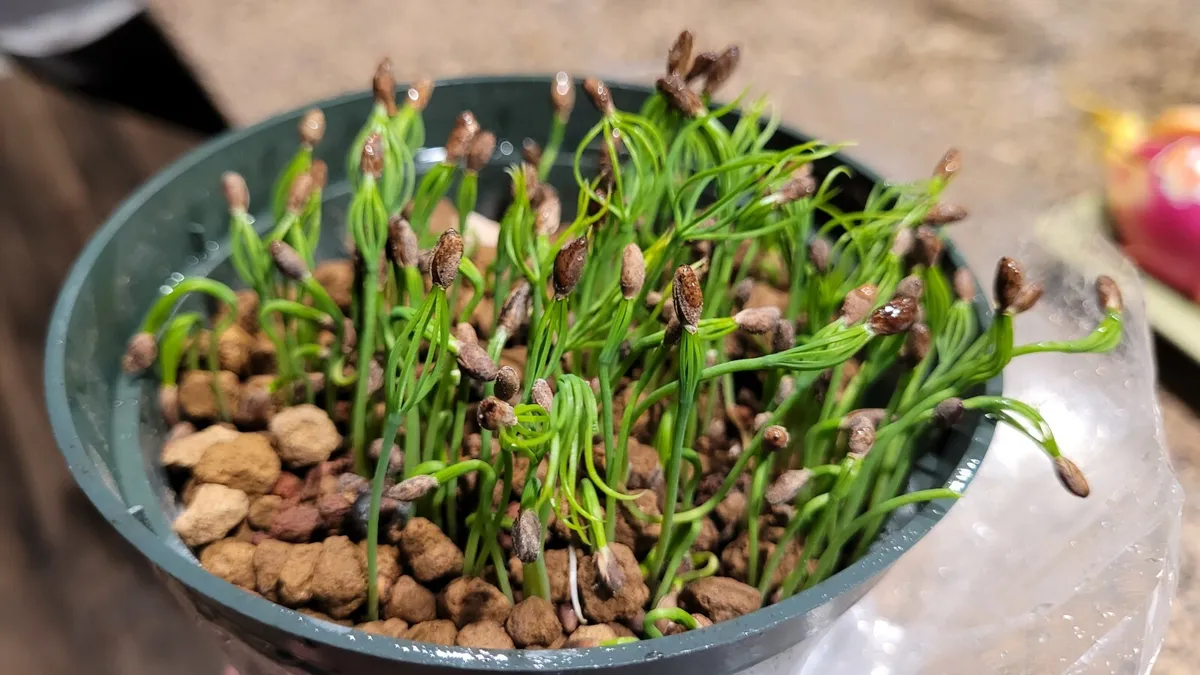
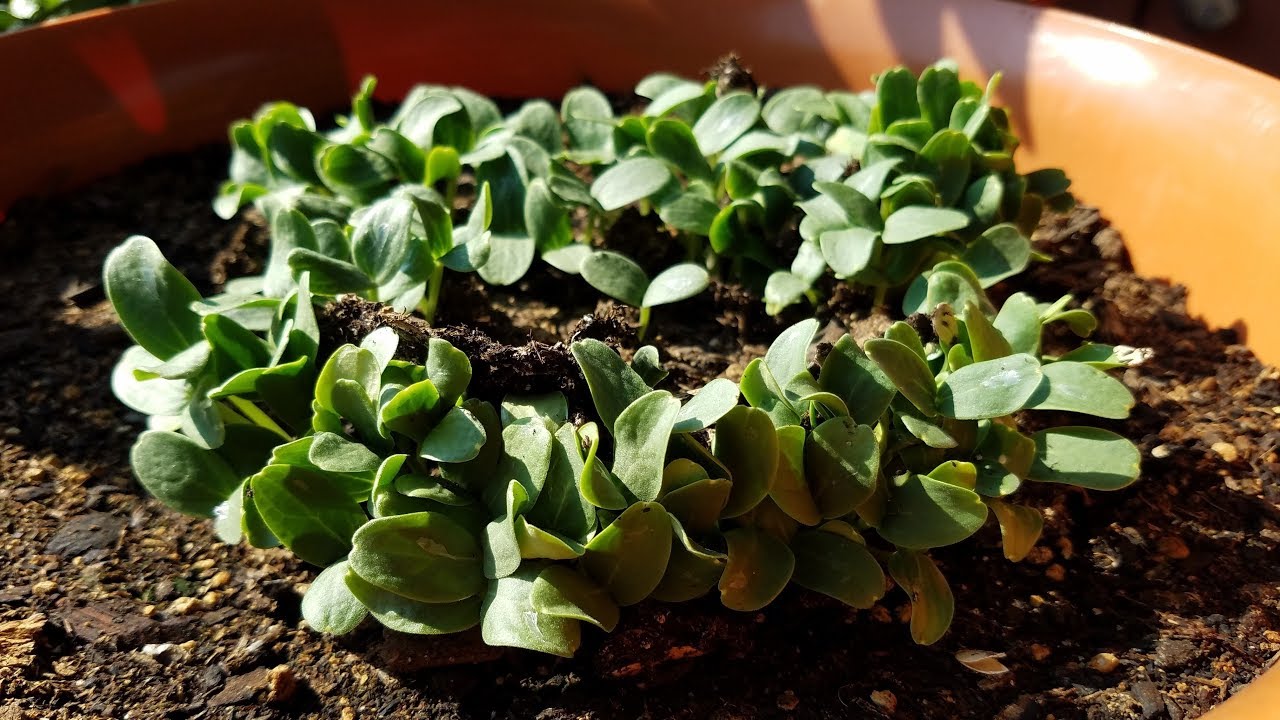
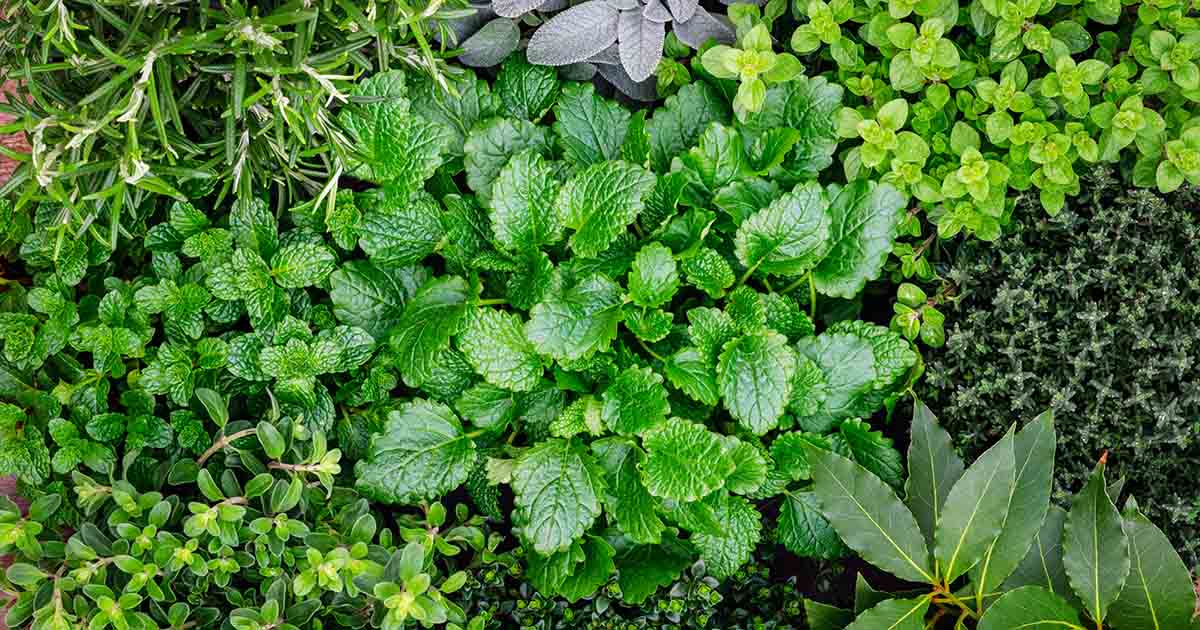

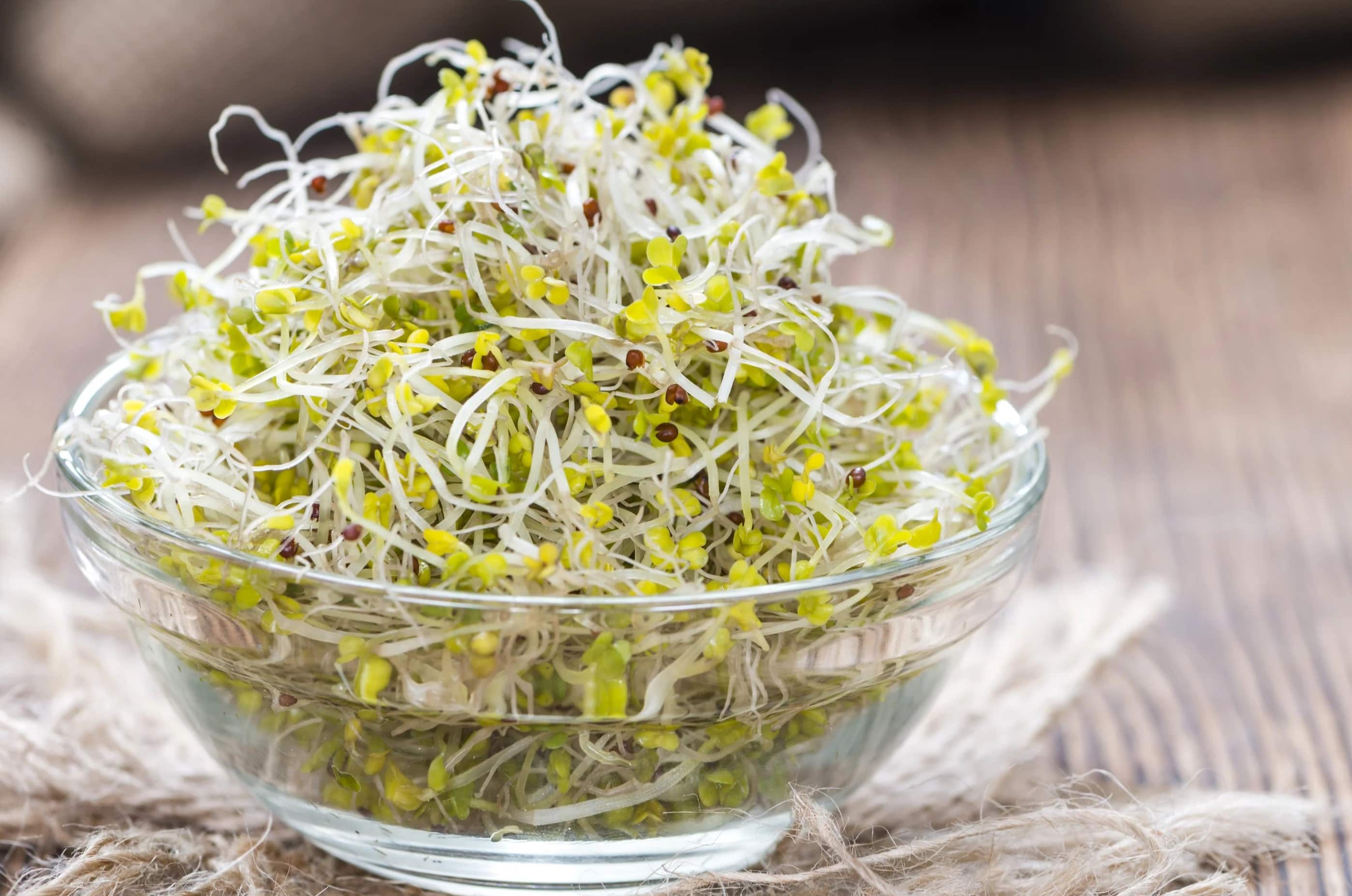
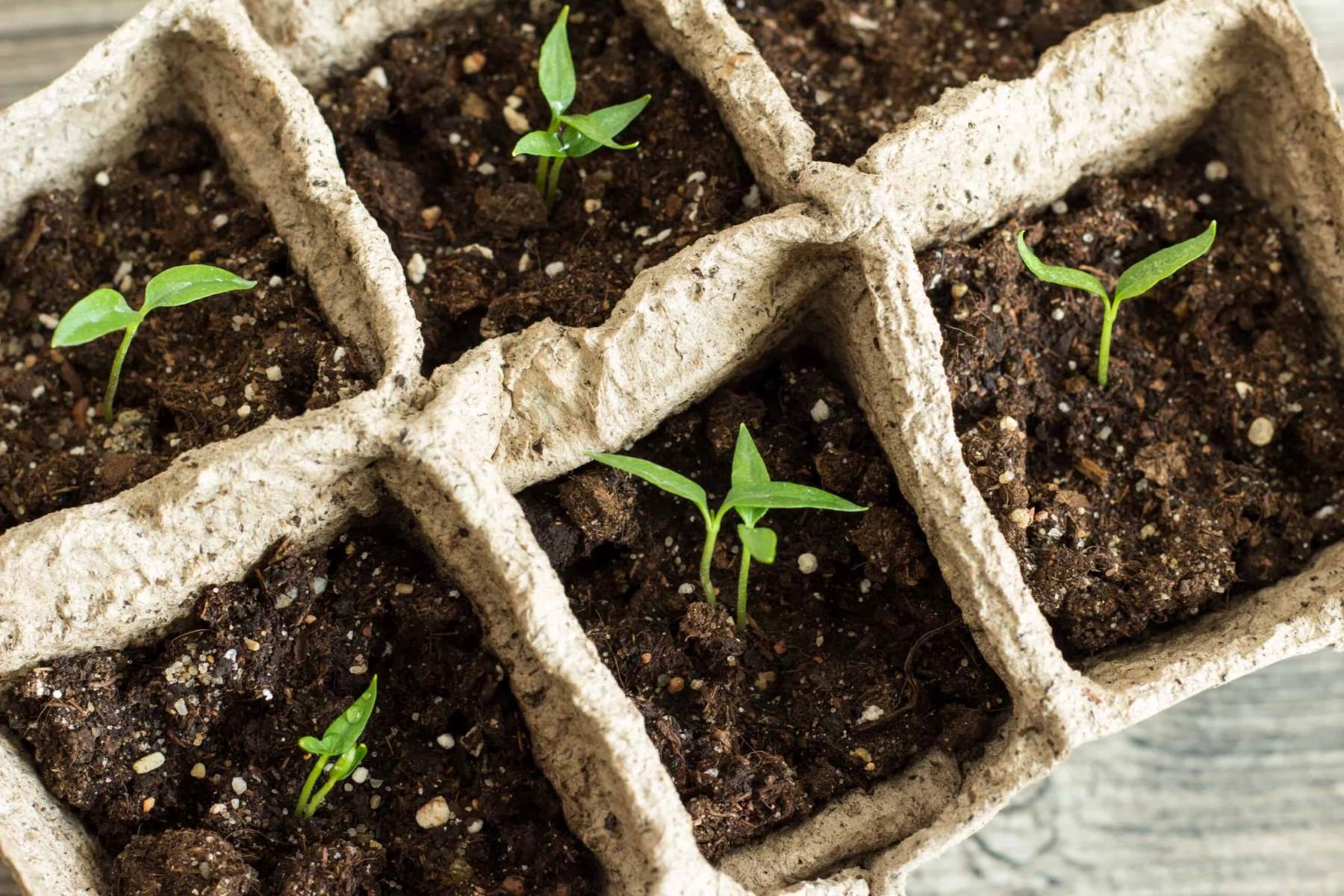
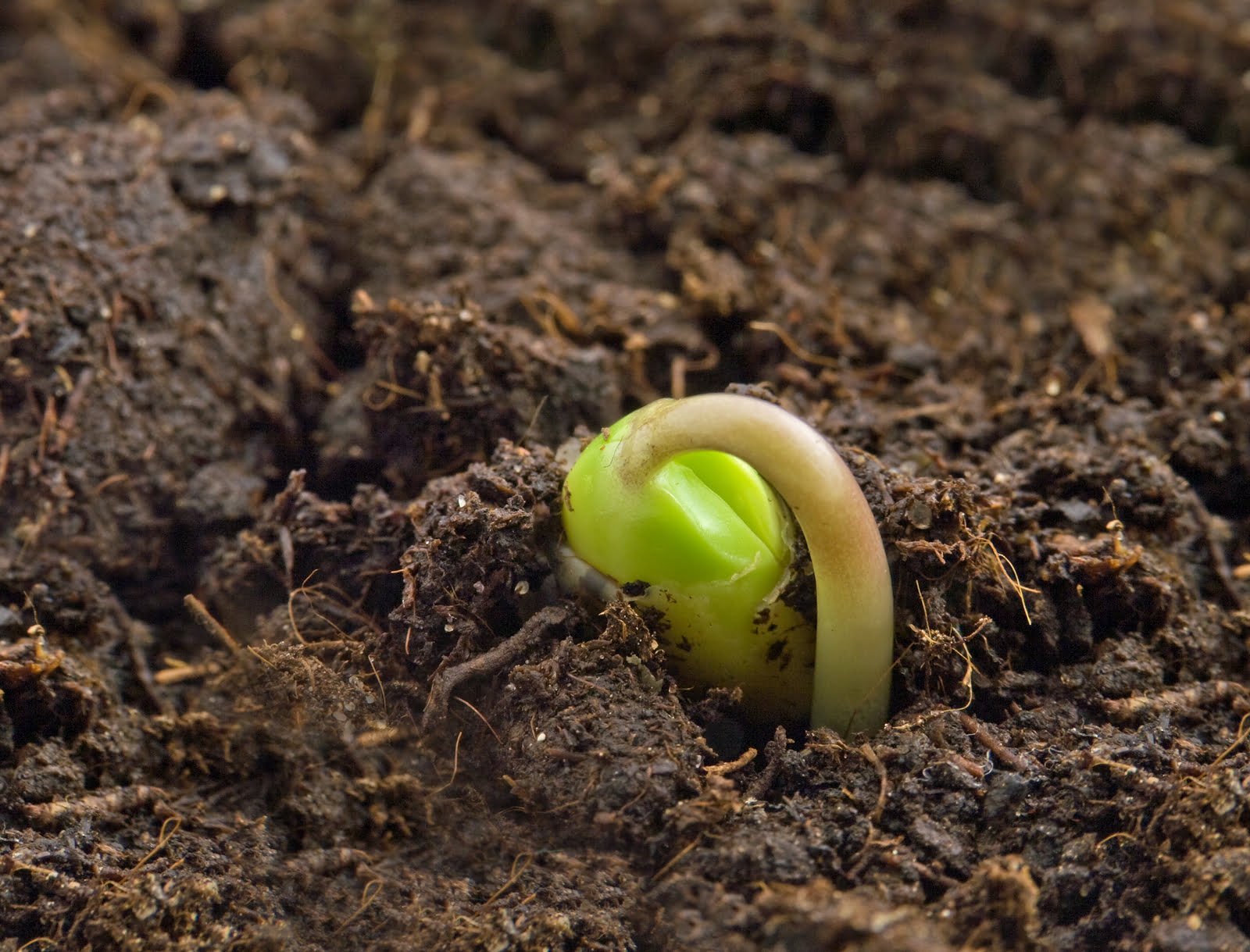
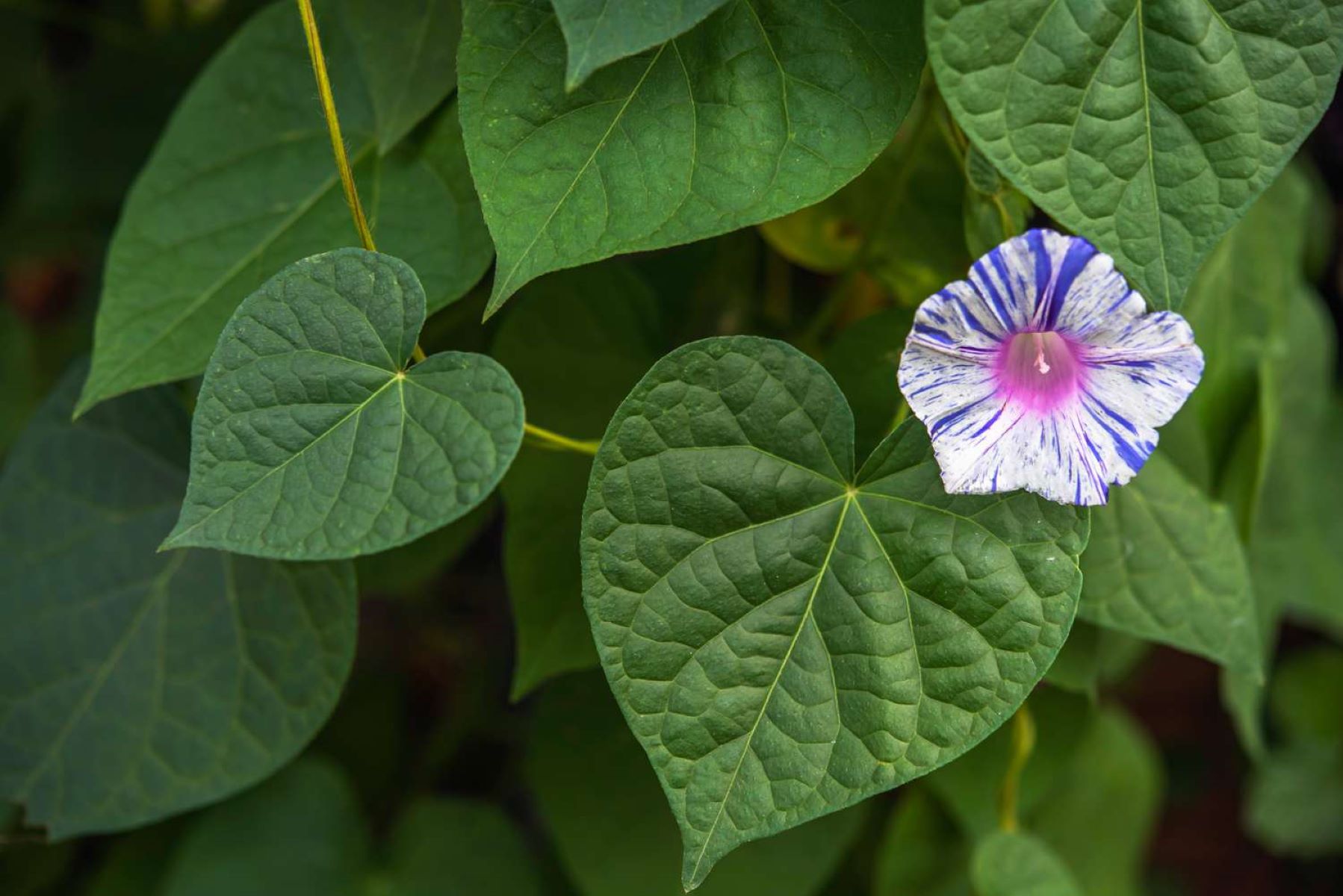
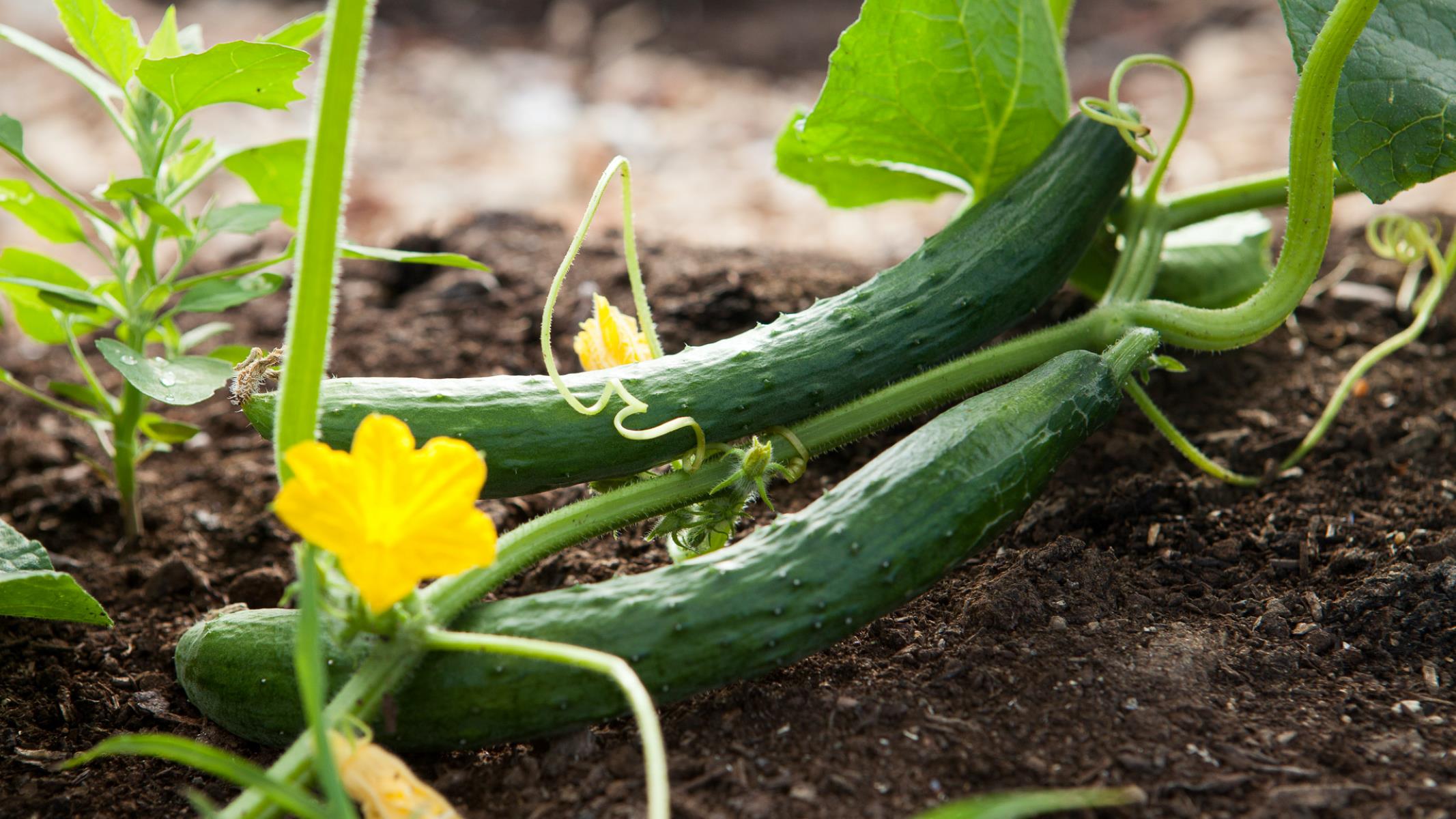
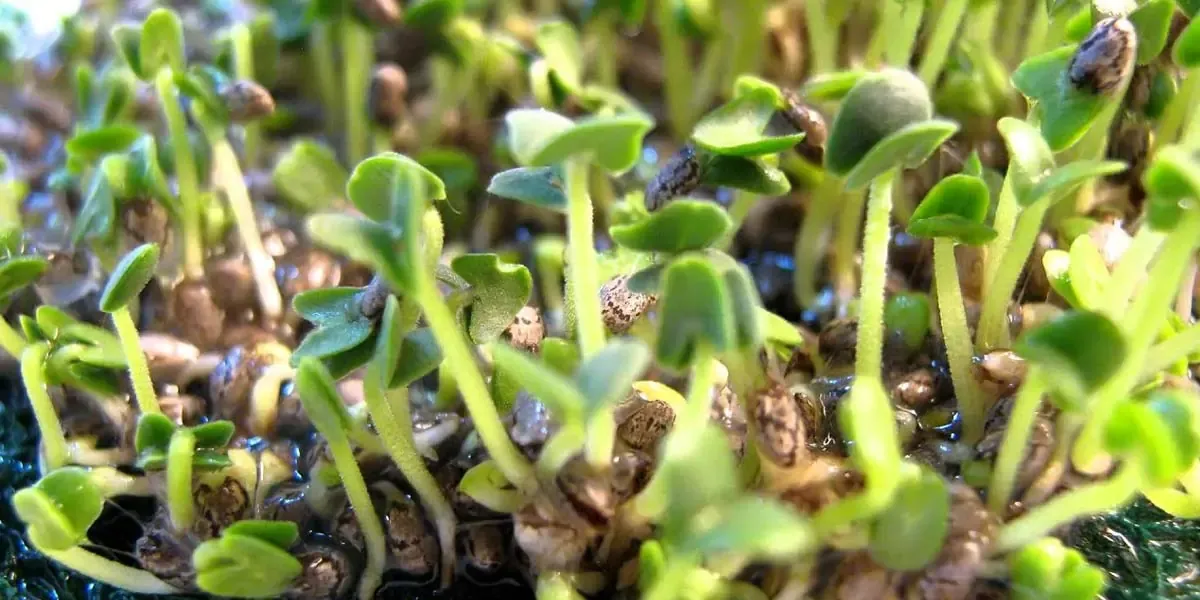
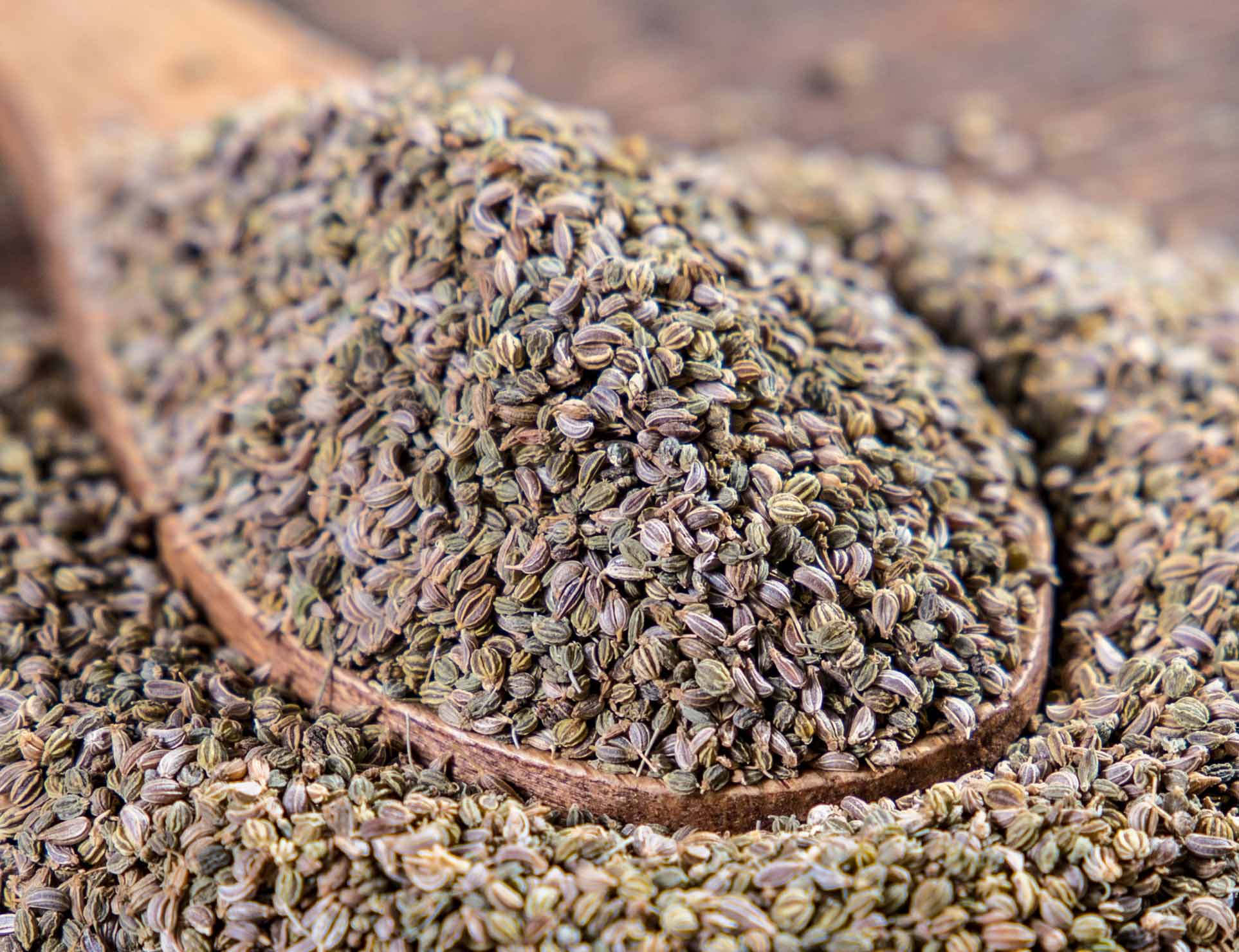
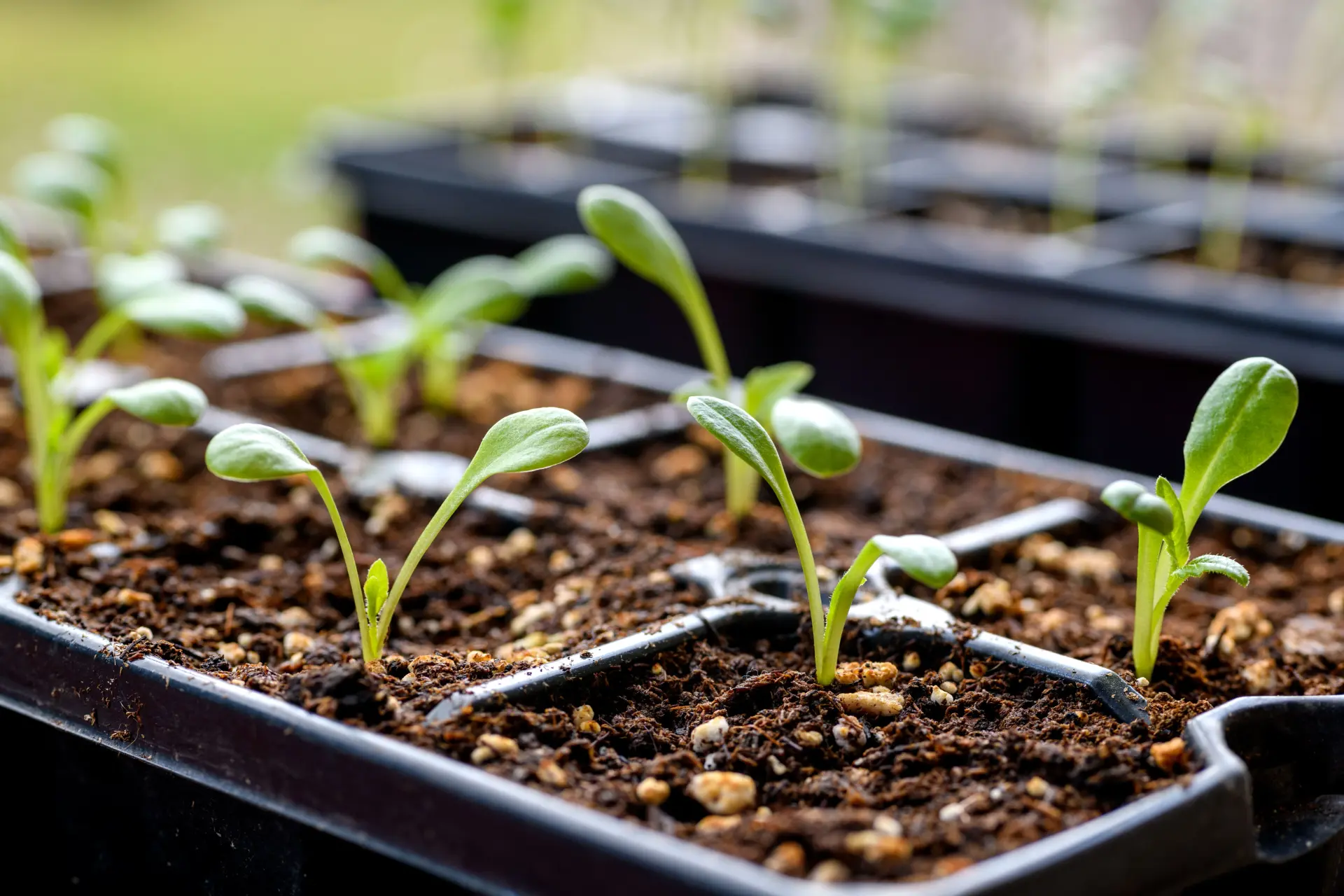
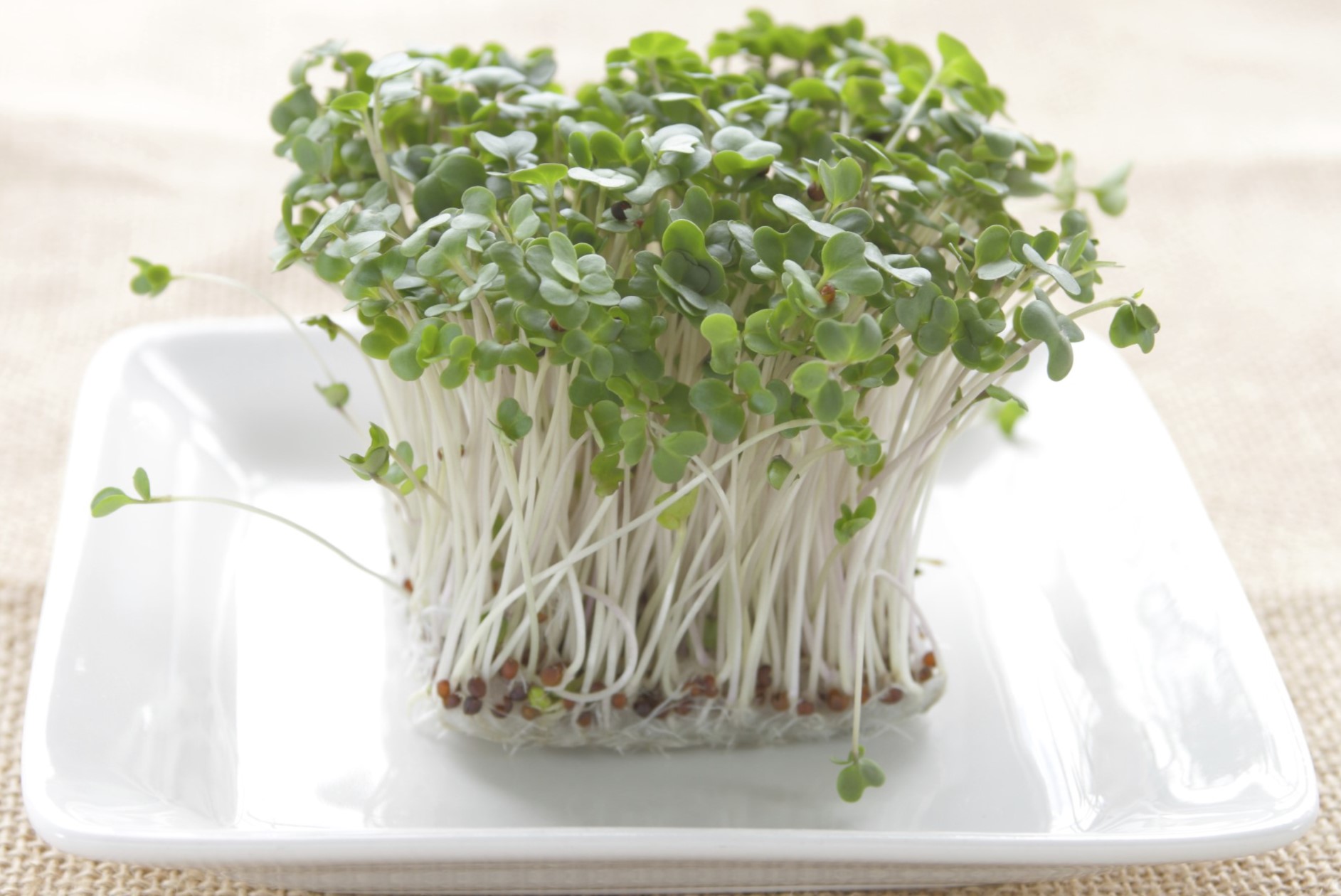
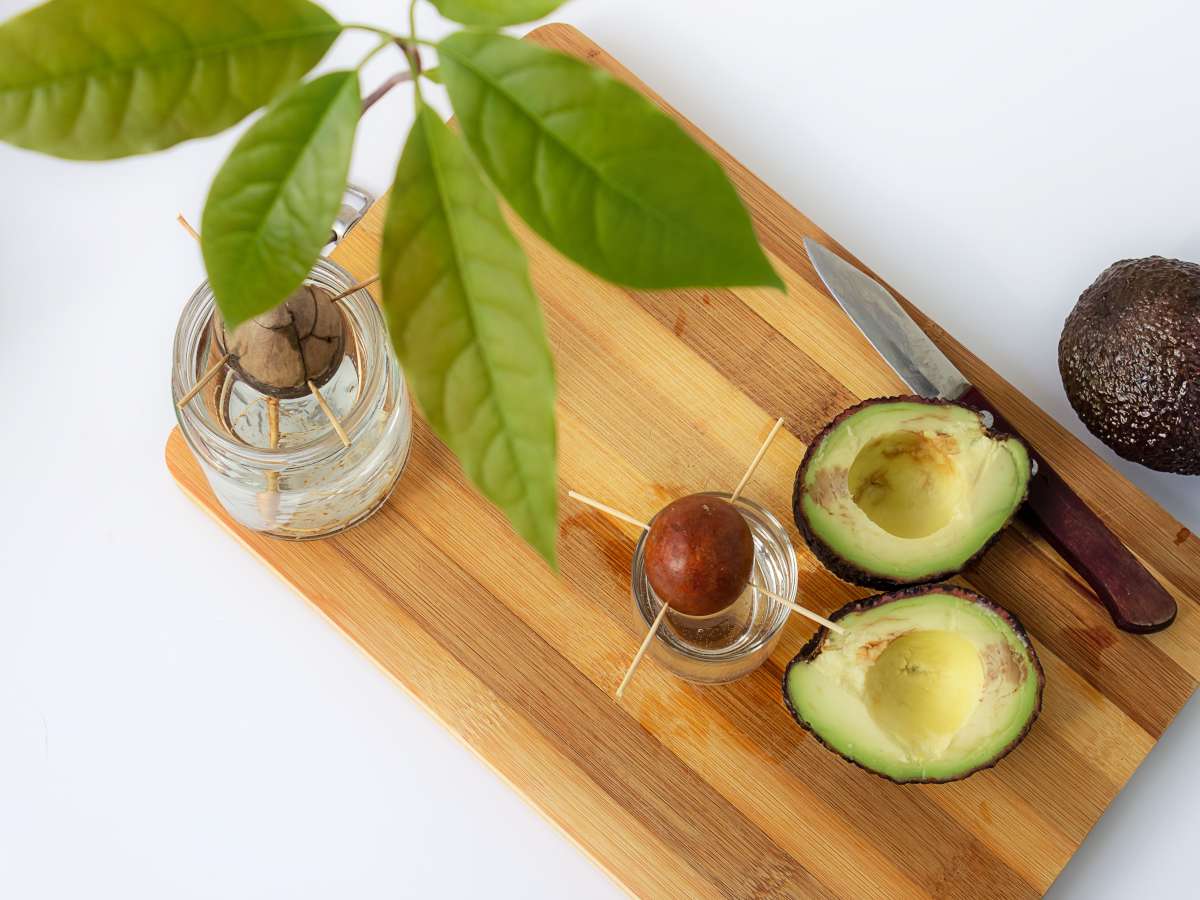

0 thoughts on “How Long For Parsley Seeds To Sprout”